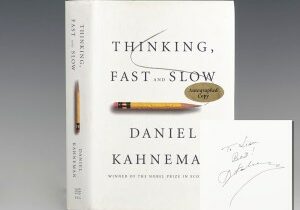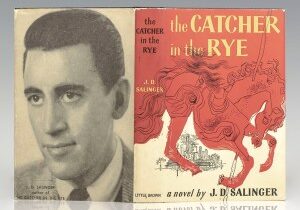The Good Earth, scholars agree, created sympathy for China in the oncoming war with Japan: “If China had not captured the American imagination, it might just have been possible to work out a more satisfactory Far Eastern policy,” but such works as The Good Earth, “infused with an understandable compassion for the suffering Chinese, did little to inform Americans about their limited options in Asia” (O’Neil, 1997). While The Good Earth did not inform the American population enough to proactively change their foreign policy, it did garner understanding for China’s oppression. Buck portrayed the lives of the Chinese poor, and she opposed “religious fundamentalism, racial prejudice, gender oppression, sexual repression, and discrimination against the disabled” (Spurling, 2010).
This provided rare cultural insight into revolutionary China and its interaction with the U.S., which most Chinese writers in the twentieth century chose not to record. They were concerned more with China’s political fate, and their writing is didactic rather than realistic. Buck however was committed to describing her experiences in China and the people and places she knew to an inexperienced American audience. The details she captures would be omitted by a Chinese author who may not realize the difference from what Westerners are accustomed to. Buck’s sensitivity to detail is not as much a literary style as it is a loving concern for China. She continued her prolific writing career when she returned to the U.S. in 1935, but she also became a prominent advocate of social rights. She advocated the rights of women and minority groups, and she wrote widely on Asian cultures, becoming well known for her advocacy for mixed race adoption.












